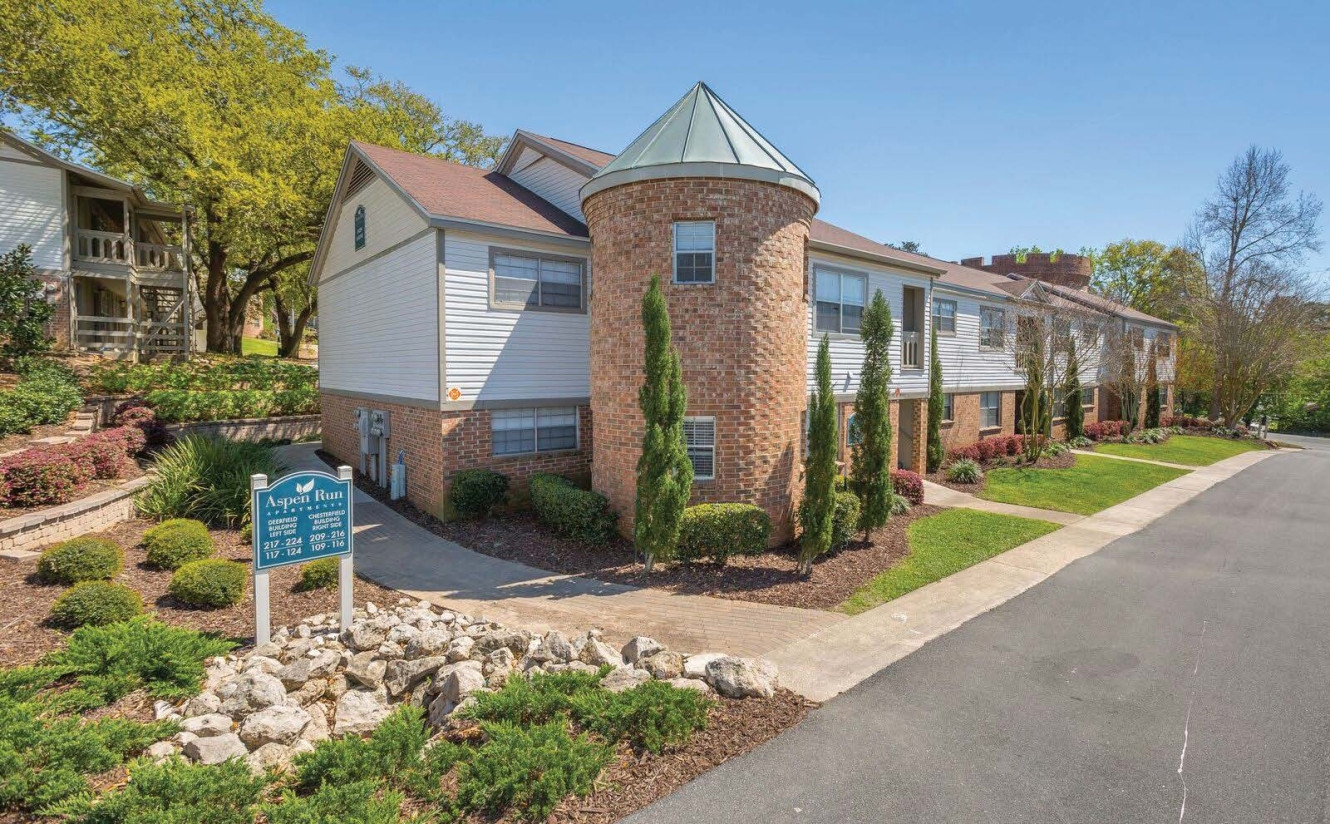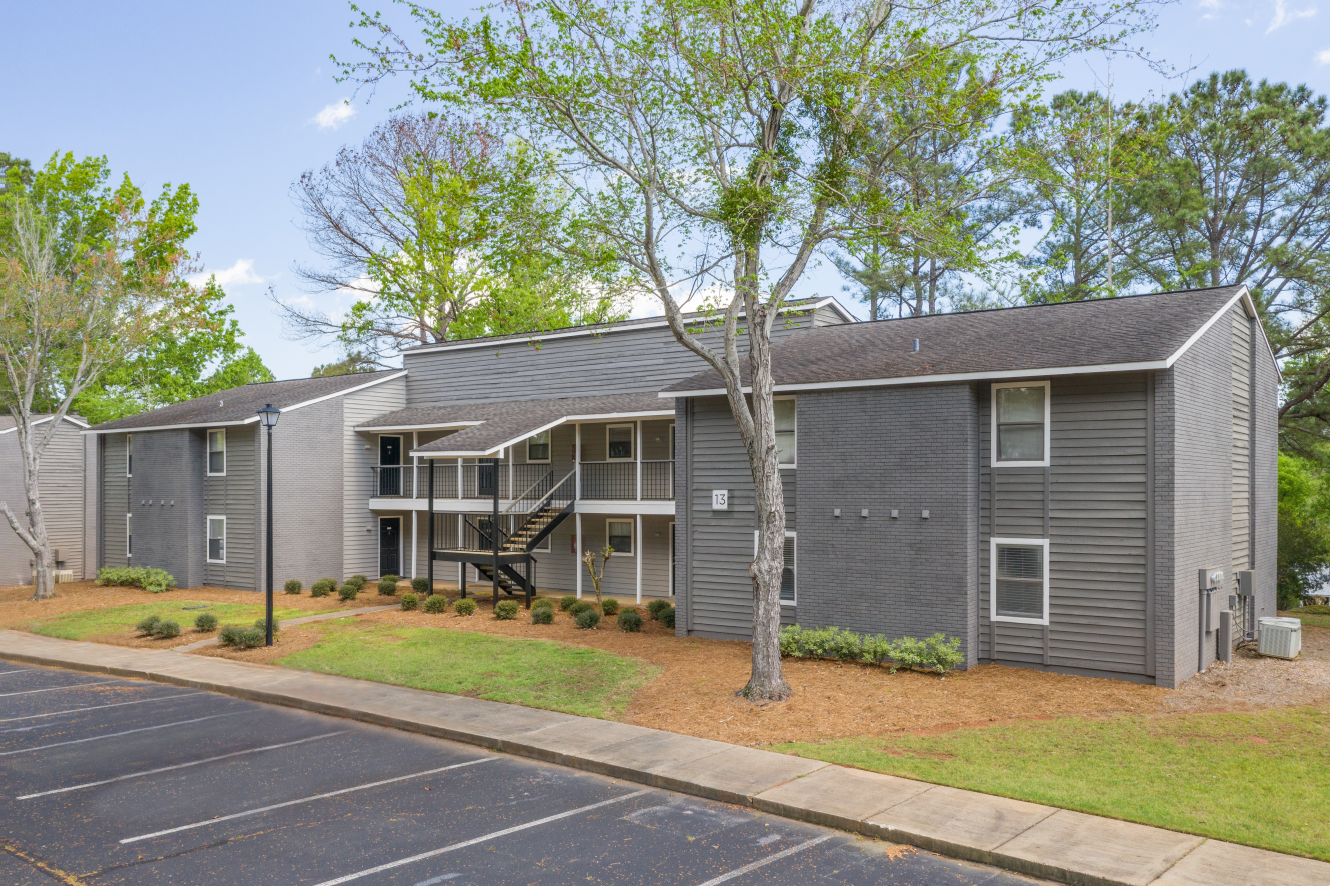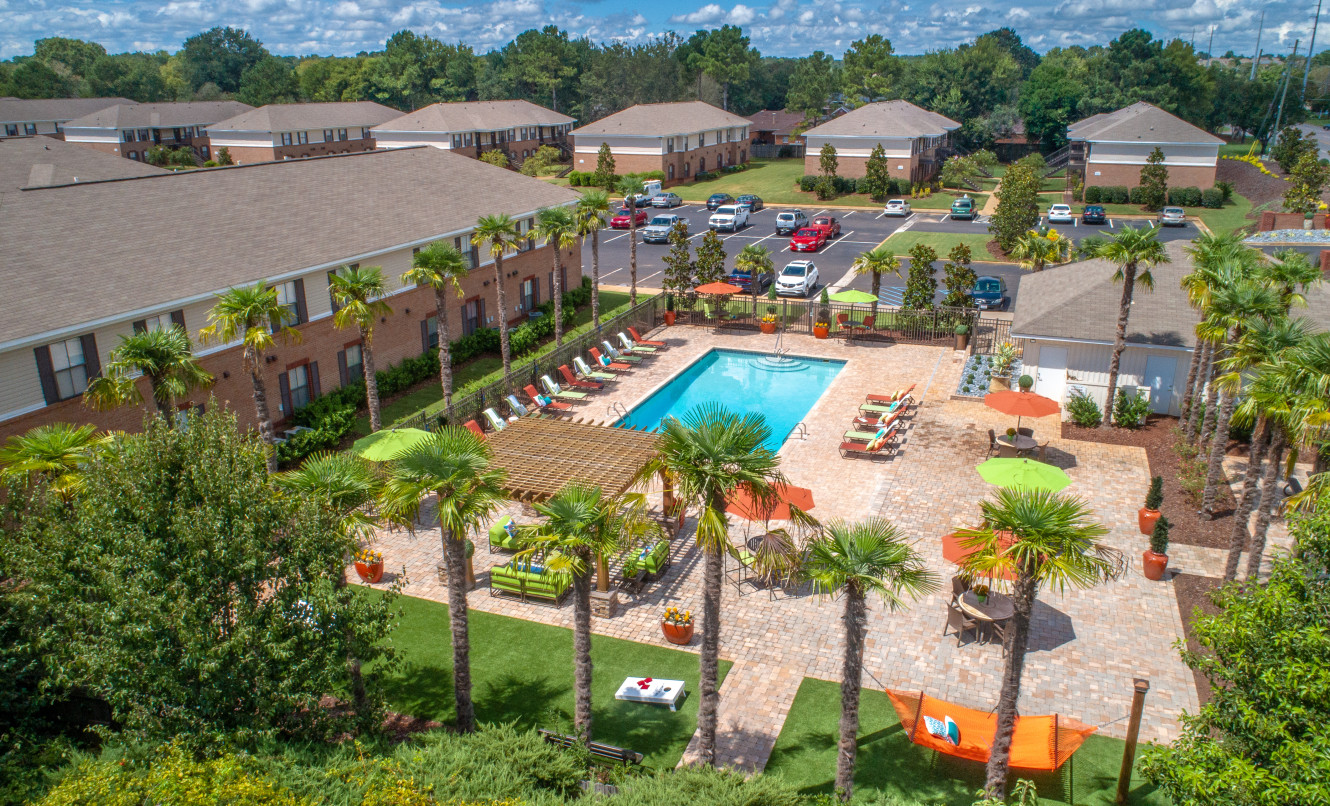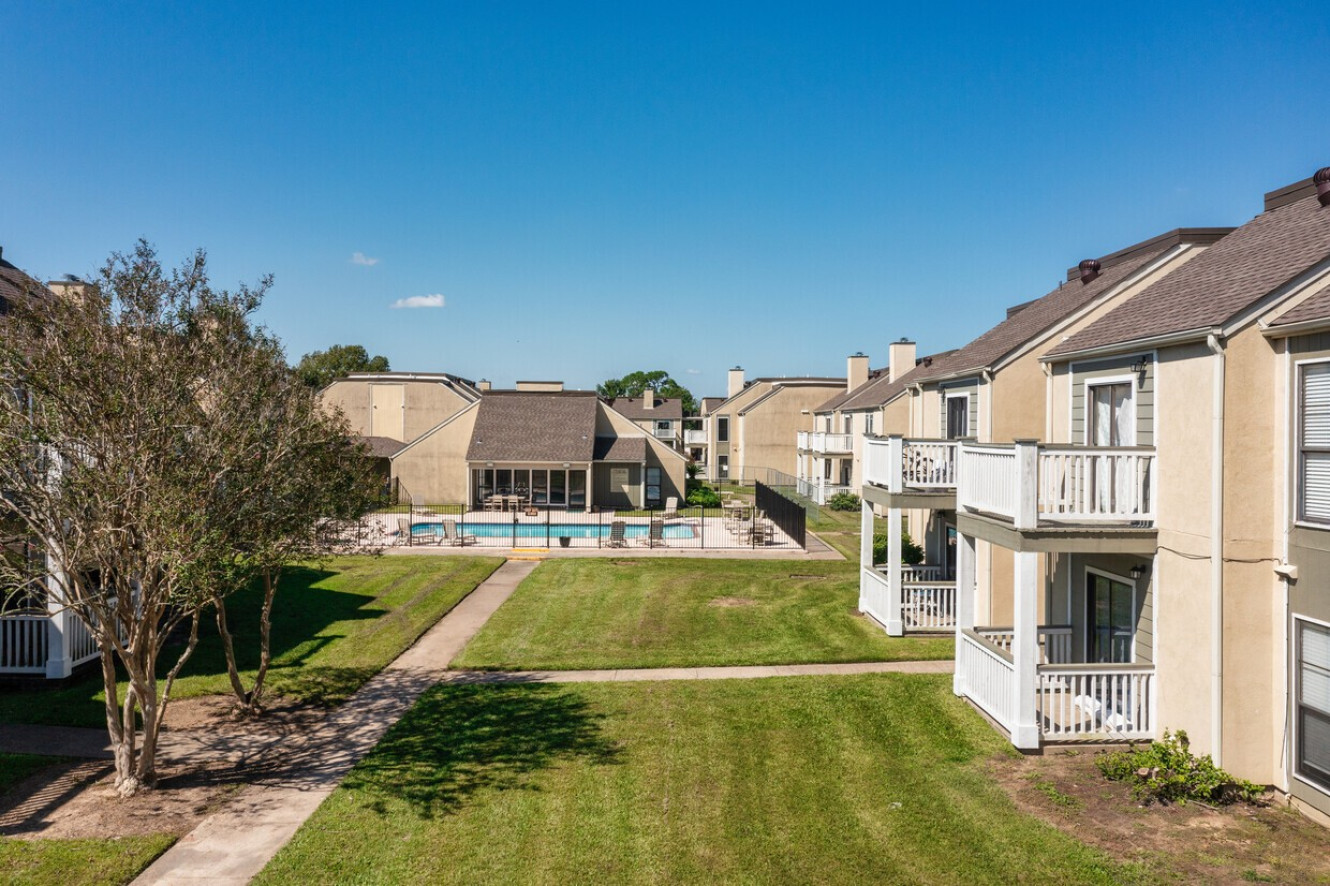
Post Value-Add
HVG seeks properties which have received a recent and substantial capital infusion. These assets have typically received updates to unit interiors, building exteriors, and amenities, which allow them to better compete with comparable properties. Further, the renovations extend the useful life of the property, which makes them ideal for a long-term hold, limiting deferred maintenance. Generally, these properties are sold by IRR-driven, value-add owners who leave low hanging fruit for those who are more granularly focused. The heavy value-add space, which is occupied by these IRR-driven (generally institutional investors), is the most crowded space for equity in the market. The result, higher asset prices, and buyers paying sellers for most of the upside. HVG purchases these assets at more attractive cap rates than the value-add investors and takes far less risk in executing the business plan.

Naturally Occurring Affordable Housing “NOAH”
HVG focuses on purchasing NOAH in secondary and tertiary markets across the Midwest and Southeast. These properties cater to residents in the 60-100% range of area median income. This is an underserved sector of the market as there is little to no new supply – developers are unable to justify the cost of construction with the low rents in the subset of multifamily. Occupancies and rent growth in this sector have largely outperformed class A – B+ multifamily in the last cycle.

Light Value-Add
The light value-add strategy targets properties which have in-place cash flow and a proven value-add program. Typically 50-75% of the units have been renovated, which leaves upside for the next owner. These investments require a capital spend of $6,000 per unit or less. These deals often trade at a lower cap rate than post value-add and NOAH deals due to the inherent upside from completing the in-place value-add program.

Opportunistic
The HVG opportunistic strategy encompasses deals which exhibit a logical path to value creation. Examples include a distressed but well-located deal which may be struggling due to mismanagement. These deals typically have little to no cash flow in the first few years due to the distressed component of the deal. The lack of initial cash flow is made up for by the proceeds from a sale or refinance.